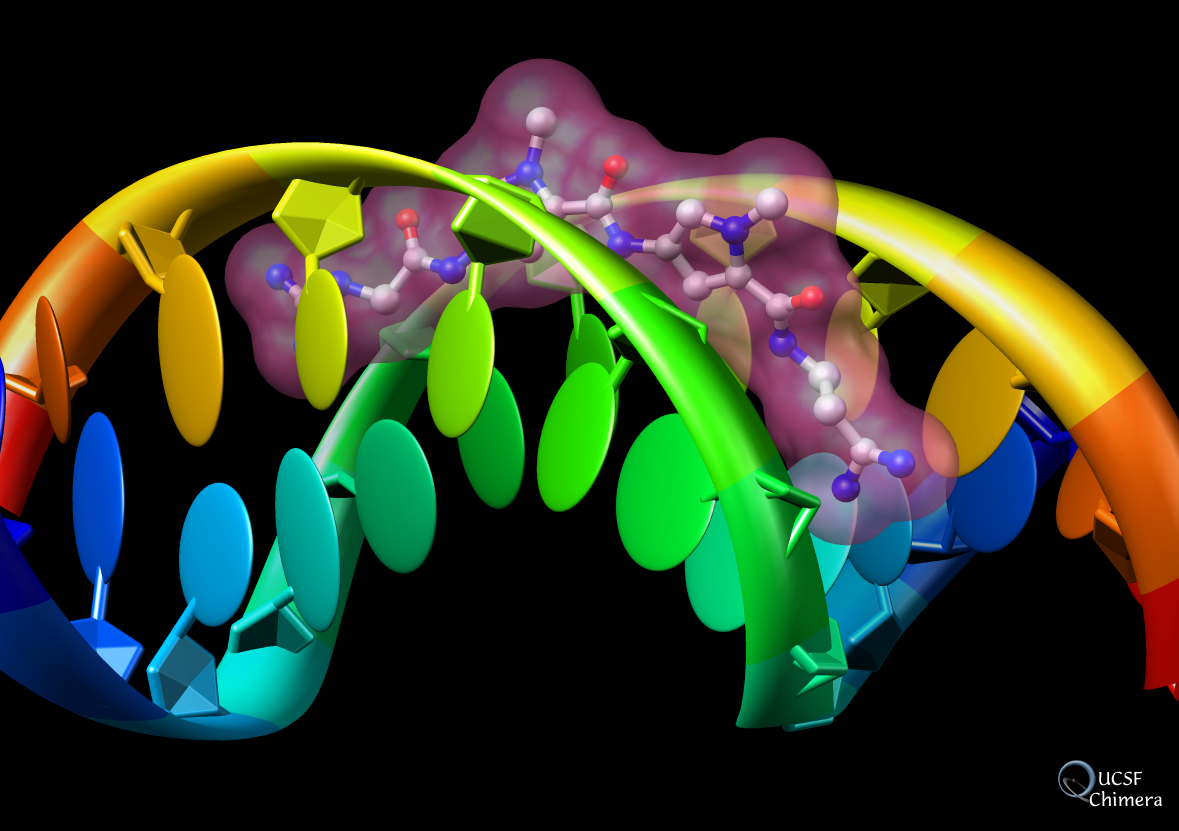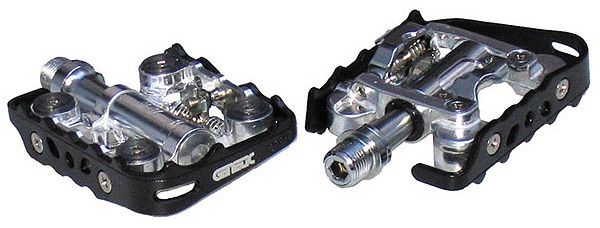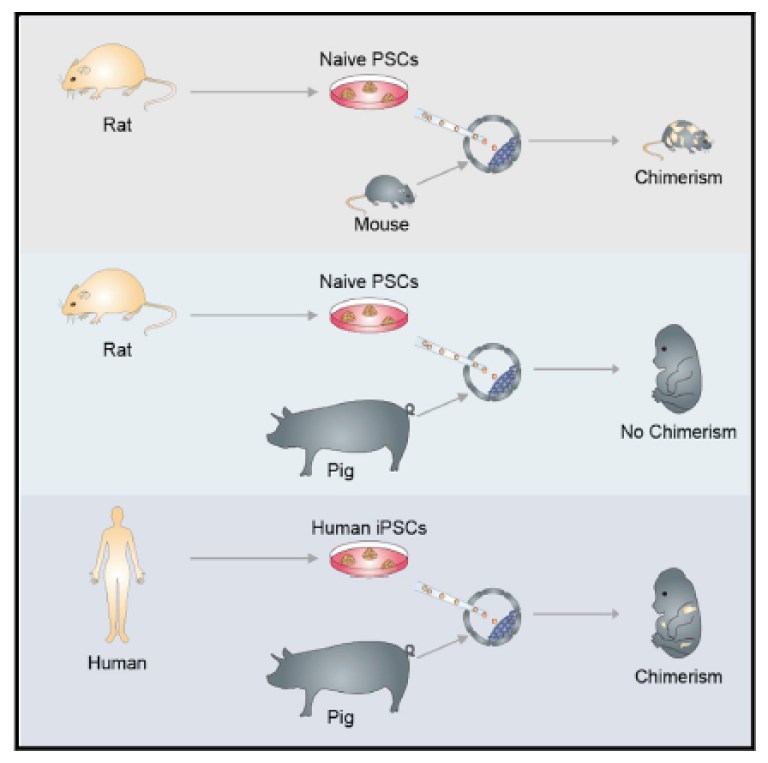


So their somatic cells hold just one set of chromosomes.Ī 2007 study, however, found that about half of the sampled male yellow crazy ants possessed two different copies of the same genes, just like the species’ female worker ants.īut “it didn’t make any sense that all males in this species would be diploid,” or have two sets of chromosomes in each somatic cell, says evolutionary biologist Hugo Darras of Johannes Gutenberg University Mainz in Germany. Males typically develop from unfertilized eggs.

Sperm and egg cells contain just one set of chromosomes.īut in many ants, along with other insects like wasps and bees, only females have somatic cells with chromosome pairs. In other words, these somatic cells all carry the same genetic information. As a creature grows, all of the subsequent cells, save for sex cells, carry two sets of DNA-bearing chromosomes, one from each parent. In some cases these gene products are not beneficial and they may even cause diseases such as cancer.Most animals develop from a sperm cell and an egg cell uniting into one, combining their DNA. The functions of many chimeric genes are not yet known. In this case, the combination of different protein domains resulted in a gene that was fully functional and favored by selection. The new amino acid residues that it recruited from yellow emperor allow the new protein to act on long chain alcohols and diols, including growth hormones and pheremones. This gene is formed from a retrotransposed copy of Alcohol dehydrogenase that united with the yellow emperor gene to produce a new protein. One of the most well known chimeric genes was identified in Drosophila and has been named Jingwei. However, in some cases, these new peptides can form fully functional gene products that are selectively favored and spread through populations quickly. Unlike duplicate genes, chimeric proteins are immediately distinct from their parental genes, and therefore are more likely to produce entirely new functions.Ĭhimeric fusion proteins form often in genomes, and many of these are likely to be dysfunctional and eliminated by natural selection. Much like gene duplications, they provide a source of new genes, which can allow organisms to develop new phenotypes and adapt to their environment. This process occurs often in human genomes, and abnormal chimeras formed by this process are known to cause color blindness.Įvolutionary Importance of Fusion Proteins Ĭhimeric genes are important players in the evolution of genetic novelty. Finally, ectopic recombination, when there is an exchange between portions of the genome that are not actually related, can also produce chimeric genes.

Depending on where the new retrogene appears, it can recruit new exons to produce a chimeric gene. Chimeric genes can also form through retrotransposition where a retrotransposon accidentally copies the transcript of a gene and inserts it into the genome in a new location. Many chimeric genes form through errors in DNA replication or DNA repair so that pieces of two different genes are inadvertently combined. These mutations are distinct from fusion genes which merge whole gene sequences into a single reading frame and often retain their original functions.Ĭhimeric genes can form through several different means. ( Discuss) Proposed since September 2022.Ĭhimeric genes (literally, made of parts from different sources) form through the combination of portions of two or more coding sequences to produce new genes. It has been suggested that Chimera (molecular biology) be merged into this article.


 0 kommentar(er)
0 kommentar(er)
